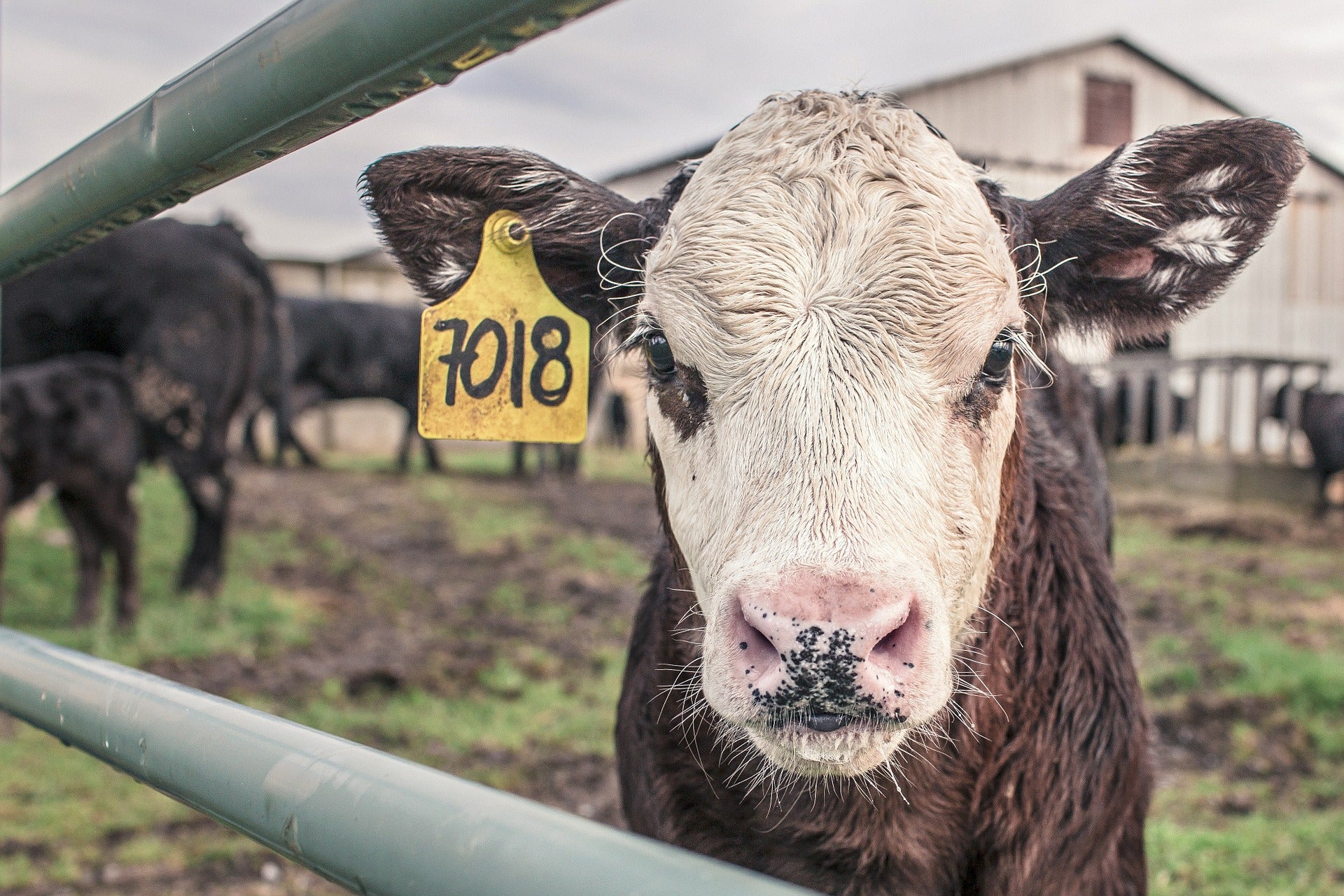| It is likely that the most stressful event a cow will face in its lifetime is transportation. There are many factors that play into the toll shipping has on cattle. First, the trauma caused by loading can be fairly significant. If rough handling or poor conditions inside and outside of the trailer exist, this heightens that stress even more.
The inner environment of the trailer itself can also have a major impact on the herd’s well-being. Crowded compartments and unfamiliar animals contribute drastically to raising stress levels in cattle. Temperatures within transports can soar to almost unbearable levels during the summer and plummet to below freezing in the colder months. Once on the road, an animal can remain in transport for more than 24 hours in some instances. During this time, access to water and adequate feed is limited. Fat cattle tend to fair the best, but they can still experience a fairly large amount of shrink. After 30 hours, the body cannot shed more water, so the weight being lost is tissue itself. Calves, cull cattle, and feeders tend to fare the worst in this scenario, consistently showing the largest amount of shrink. It’s important to ensure that cattle are well-prepared for a long trek prior to transport to ensure the least amount of stress and physical damage as they are conveyed to their destination. HusbandryThere is a direct correlation between poor husbandry and increased stress levels in both dairy and beef cattle. Every vaccination available can be administered, but with the wrong living conditions and lack of attention to care, there will be no marked benefit. This is due to the overwhelming stress put on the immune system while it attempts to cope with the influx of harmful microorganisms present in the environment. In the case of dairy cattle, unsanitary living conditions can lead to mastitis, internal systemic infections, skin infections and hoof conditions, severely limiting their production potential. Most of these conditions require antibiotic intervention, during the course of which the cow’s milk cannot be included in the production stream. Mastitis treatment can be particularly painful for the cow, increasing stress levels regardless of how frequently she is handled. Sub-par living conditions can wreak havoc on not only an animal’s physical well-being but also that of their psychological health. Waterborne and airborne diseases are common in poorly kept barns and stockyards. Dim lighting and cramped quarters lead to fighting, injuries, and distress. They’re also the perfect breeding ground for highly contagious diseases such as Bovine Respiratory Disease Complex (BRDC), Bovine Viral Diarrhea (BVD), scours, foot rot, conjunctivitis, ringworm and a large number of other aggressive pathogens. Additionally, bedding or footing saturated with water, feces or urine have the potential to create serious problems in the dermis and respiratory systems from exposure to fungus, bacteria, aerosolized fecal matter, and ammonia. Young calves are especially susceptible to poor air quality and easily develop calf pneumonia. Sanitary conditions and adequate room, along with proper ventilation, is vital for maintaining health and reducing stress levels in cattle. Clean water and feed that is free of mold allow the animal’s body to better derive and utilize nutrients; supplements that support the immune system and fill in nutritional gaps allow the rumen to properly function. Check back in on Friday for more on the topic of vaccines and the role the existing immune systems plays in their efficacy. Missed the last installment? Check it out here. Related Posts Herd Handling Techniques and Their Effects on the Immune System Stress and Cortisol Can Undermine Your Herd Vaccination Programs |





